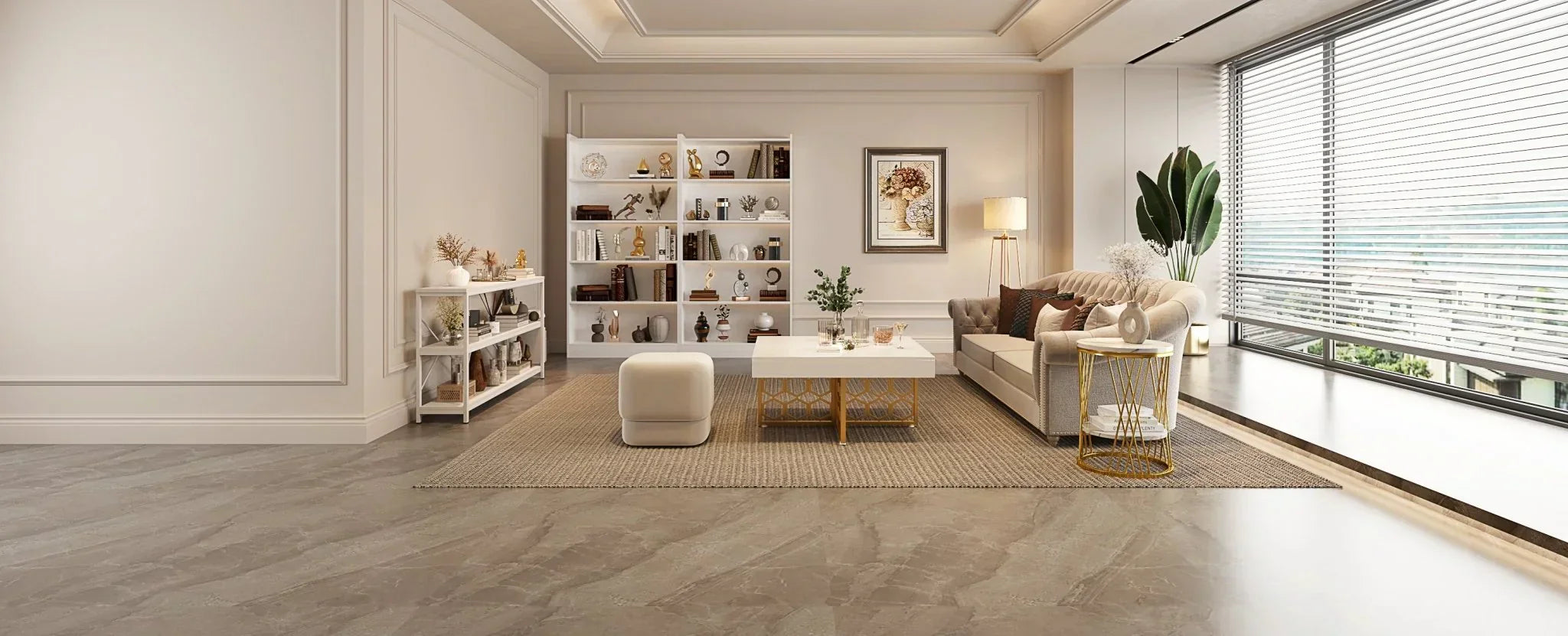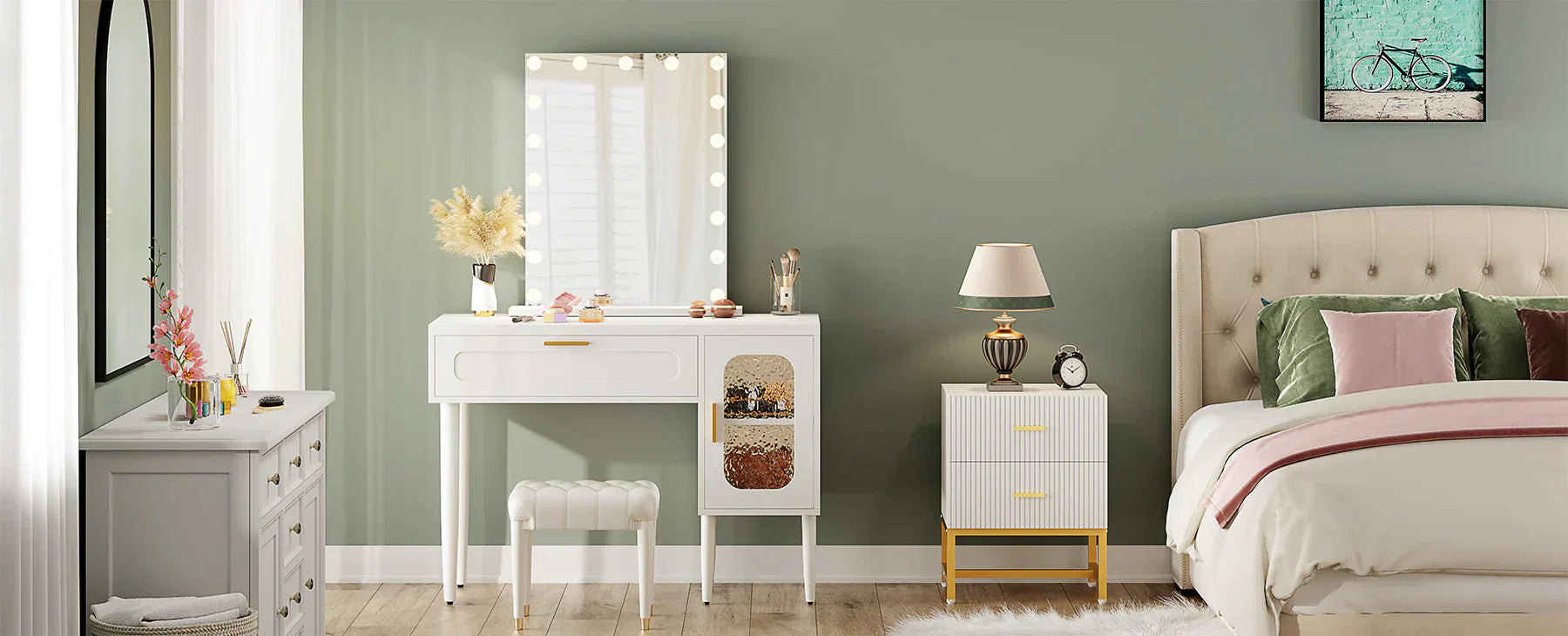As awareness grows around indoor air quality and environmental impact, many British homeowners are seeking furniture that aligns with their health and sustainability values. Formaldehyde, a common chemical in furniture production, has raised concerns due to its potential health effects and prolonged emission cycles. This guide offers practical advice on selecting eco-friendly pieces, understanding material choices, and creating a healthier home environment for you and your family.
Understanding Formaldehyde & Its Release Patterns
Formaldehyde emissions from furniture vary significantly based on materials, environmental conditions, and manufacturing methods. Here’s what you need to know:
1. Material-Specific Emission Trends
- Engineered Wood Products: Items made from particleboard, MDF, or plywood often use urea-formaldehyde adhesives, which can emit this chemical over several years. Peak emission typically occurs within the first year.
- Solid Wood: A naturally low-emission option, especially when finished with natural oils or water-based treatments. Look for FSC or PEFC certification to ensure responsible sourcing.
- Upholstered Furniture: Synthetic foams and treated fabrics can also release formaldehyde. Certifications like CertiPUR-US or Greenguard Gold provide assurance of lower chemical emissions.
2. Environmental Influences
Warmer temperatures and high humidity can increase the release of formaldehyde. Proper ventilation helps, though emissions can rebound in enclosed spaces. Maintaining stable indoor conditions is key to managing exposure.
3. Health Considerations
Short-term exposure may cause irritation to the eyes, nose, or throat. Long-term exposure has been linked to more serious health concerns. UK and EU regulations set strict limits on formaldehyde levels in products, prioritising consumer safety.

Your Guide to Eco-Friendly Material Selection
Making informed material choices is the first step toward a healthier, more sustainable home.
1. Preferred Materials
- FSC-Certified Solid Wood: Durable, naturally low in VOCs, and sourced from responsibly managed forests.
- Low-Emission Engineered Wood: Products using alternative adhesives (such as MDI) that do not add formaldehyde.
- Recycled Metal and Glass: Ideal for frames and surfaces, offering durability without chemical treatments.
- Natural Textiles: Organic cotton, linen, or hemp upholstery, paired with water-based finishes, reduce overall VOC exposure.
2. Design & Construction Factors
Well-sealed edges and non-toxic finishes help reduce off-gassing. When shopping, look for furniture designed with both aesthetics and indoor air quality in mind.

Practical Steps to Reduce Formaldehyde in Your Home
1. Improve Ventilation
Regularly air out your home by opening windows. Using extractor fans or an energy recovery ventilator (MVHR) can further improve air exchange.
2. Use Air Purifiers
Select a purifier with a HEPA and activated carbon filter, which can capture VOCs and other airborne particles.
3. Control Indoor Climate
Use a dehumidifier to keep humidity levels between 30-50% and avoid excessive indoor heat, which can increase emissions.
4. Try Natural Absorbents
Placing bowls of baking soda or activated charcoal near new furniture can help absorb chemical odours.
5. Consider Professional Solutions
For persistent issues, professional air quality testing or treatments may be recommended.
How to Identify Formaldehyde in Furniture
- Odour: New furniture with a strong, sharp smell may indicate off-gassing.
- Materials: Pressed wood products are more likely to contain formaldehyde-based adhesives.
- Labelling: Look for clear certifications and emissions information on product tags.
- Health Signs: Unexplained irritation when near new furniture may be a warning sign.
- Testing: DIY test kits or professional air quality assessments can provide clarity.
Sustainability Trends: The Shift Towards Greener Homes
The UK market is seeing steady growth in demand for sustainable furniture, driven by a desire for healthier homes and transparent, ethical manufacturing. At Tribesigns, we are committed to this movement. Our collections use responsibly sourced materials, low-VOC finishes, and designs that prioritise both style and well-being. From solid wood desks to modular storage, we offer pieces that help you create a beautiful, healthy, and sustainable home.



